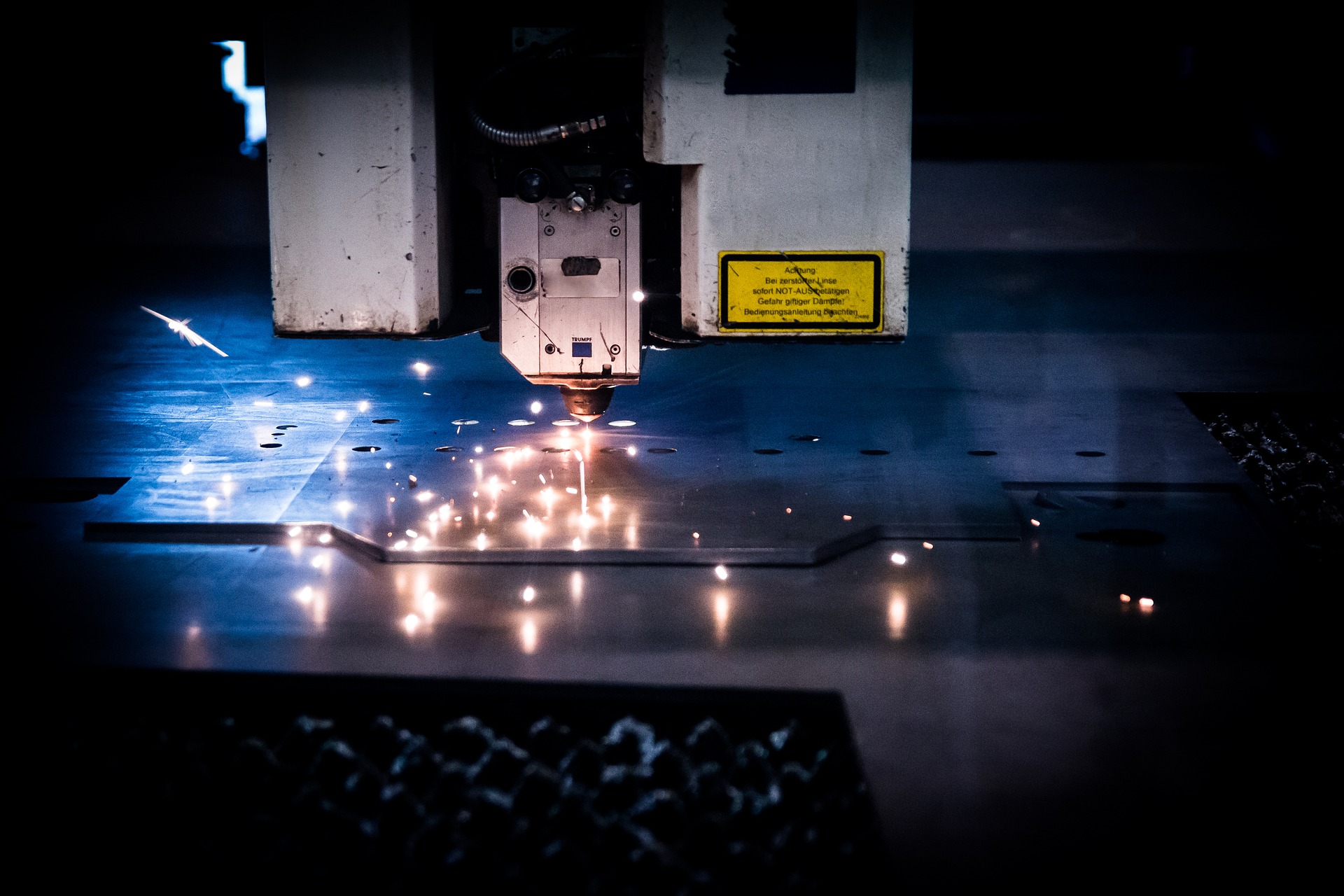It doesn’t matter if someone is a novice, just learning the laser engraving process, or if they are an accomplished engineer, learning the proper uses of innovative design equipment is necessary to avoid mistakes and pitfalls that may otherwise occur. Sometimes, issues occur that leave designers trying to figure out what they did wrong or what they could do to enjoy better results. This is true for any field, with laser engraving being no different. Knowing what the common mistakes are is the best way to avoid them.
The Laser Engraver Is Not Performing Fast Enough Anymore
If this happens, the machine probably needs a good cleaning. Similar to other types of design equipment, a machine that is clean will produce much better results than one that is not maintained properly. The maintenance requirements will be included in the manual for the laser machine. If someone notices a sudden drop in performance, cleaning and checking the optics could be necessary to fix the issue.
It is a good idea to closely inspect the optics present in the laser, which includes the mirrors and lenses, each week. Clean them as needed. If someone is cutting a material that creates more residue, such as acrylic or wood, they may have to clean the optics more often. In some cases, contacting Boss Laser is beneficial to learn more about the cleaning process.
Engraving Wood Causes Different Results Using the Same Setting
Wood is considered an extremely laser-friendly material. This is because it can be cut easily and engraves well. However, each variety of wood has a unique reaction when laser engraved and, as a result, will produce unique results. For example, if someone is using a lighter wood, it creates a nice contrast where the laser burns the wood. However, denser woods require additional power for cutting or engraving.
The density of the grain is going to change significantly based on the type of wood someone is working with. Maple, walnut, alder, and cherry all have similar grains, and oak has large to medium veins. For example, if a large square has been engraved in a piece of cherry wood, it would have a more uniform appearance. The area being engraved would remain smooth and have minimal variation in height. However, if this same square was engraved in oak, the appearance would be very different and have a non-balanced appearance.
Inconsistent Engraving on Glass
Sometimes, when a laser hits the glass, it is going to fracture the surface but not engrave deep enough to remove the material required for a full engraving. The fractured surface of the glass is going to create a frosted appearance. However, it may be chapped and rough based on the type of glass being engraved. While the frosted look is appealing, no one wants a surface that is chipping or rough. This can be fixed using a lower resolution or by changing the settings. It is best to consult with the user’s manual to see what can be done.


